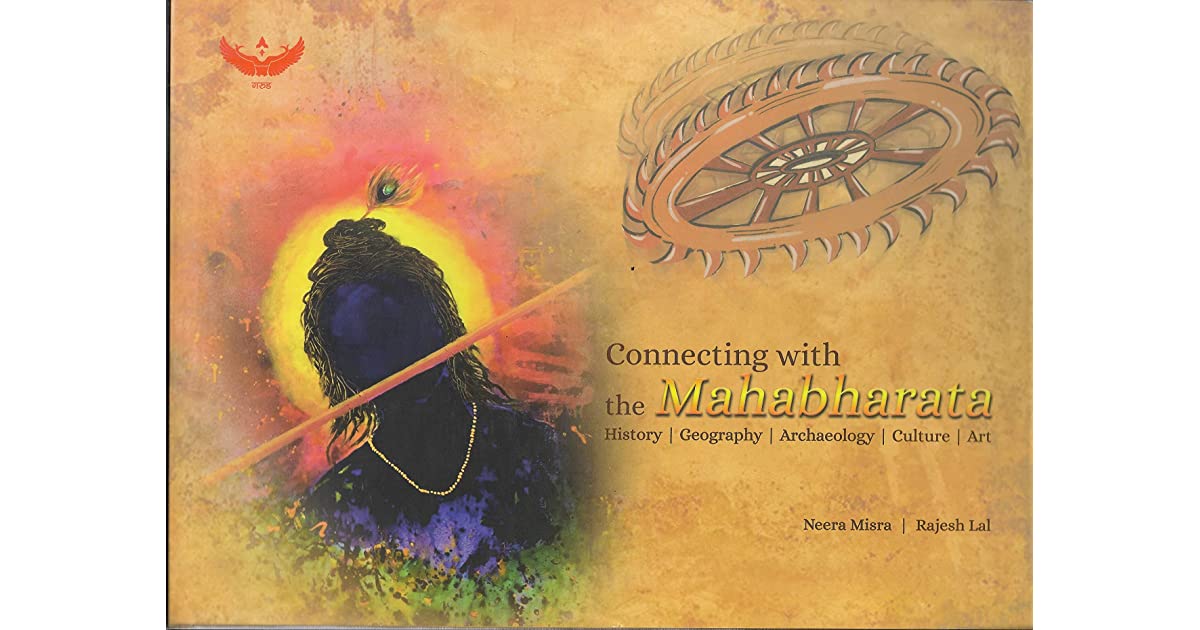In the western narrative, India’s scriptural texts became mere works of poetry with a mythological construct and this fallacy was further reinforced post Independence by historians who looked at Bharat from an ideological lens.
A phenomenon, now distinctly visible in India, bespeaks of a distinct desire amongst the populace to connect to one’s roots. This reflects a pushback against an agenda, fostered by foreign rulers over the last millennia, wherein the local belief systems of the Indian people were denigrated, distorted or sought to be destroyed. Indian scriptures were demeaned and portrayed as being medieval, backward, archaic and not in tune with modern times. This consistent attempt to destroy India’s spiritual and cultural heritage was part of a construct to break the spirit of its people. It was a deliberate act, attempted by the sword during the period of Muslim rule. The British, however, were more subtle. They overhauled the education system to create a body of Indians, who would, as enunciated by Thomas Babington Macaulay, be “Indian in blood and colour, but English in taste, in opinions, in morals and in intellect”. The aim in both cases was to emphasise the superiority of the conquerors, to enable them to rule India in perpetuity. To do that, it was essential to create a sense of inferiority in the subjugated population through disassociating them from their roots.
In the worldview of the occupying powers, whether Muslim or British, a whole race could be permanently enslaved if they could be forced or coerced to change their religion, their language and their culture. But despite the onslaught of a thousand years, the Indian civilisational ethos could not be subdued. The people fought back, even when the odds were immensely stacked against them That is why the Indic civilisation survived, despite repeated assaults on its very foundation. Today, while all other ancient civilisations have been swept away by the sands of time, the Indic civilisation stands tall and proud, unbroken, though battered a bit perhaps. But such an onslaught has left a void in the spiritual and cultural yearnings of the masses. The resurgence that we are now witnessing is a reflection of that deep-seated desire to know more about our heritage and our spiritual and cultural moorings from the indigenous lens and not as viewed and narrated by foreign invaders.
Consequent to such an indigenous upsurge, a scholarly body of literature has emerged over the years, encapsulating the depth of spiritual learnings from ancient times. This book, Connecting with the Mahabharata, is one such body of work, immaculately researched and written with a free flowing elegance that is rarely seen in works of this nature. Towards that end, the authors, Ms Neera Misra and Air Vice Marshal Rajesh Lal, have crafted not just a book, but a veritable masterpiece.
While the Mahabharata has always been a source of deep philosophical and spiritual learning, the valuable knowledge of our sacred Itihasa continued to be undermined, even post Independence, by a range of authors who veered towards a virulent communist ideology. As they held the levers of power in the educational domain, they continued with such subjective history writing and in diluting Bharat’s scriptural and spiritual heritage. In the western narrative, India’s scriptural texts became mere works of poetry with a mythological
Set out in eight chapters, the opening chapter gives an overarching introduction to the Mahabharata. Chapter 2 is interesting as it brings forth the geographical context in which the Mahabharata is set. Bharatavarsha, as described in our scriptures, is the bow-shaped region extending from the Himalayas, South to the Oceans. The people who inhabited this region were indigenous and called Arya or the enlightened ones. This dispels the distortion brought about by the now discredited theory of the Aryan invasion. This chapter also gives an account of the term Yuga, as used by ancient Bhartiya scholars to describe various eras of ancient Bharata—Sat Yuga, Treta Yuga, Dvarpa Yuga and Kali Yuga. Mention is made of the geography of rivers and their tributaries as expounded in the Rig Veda, which also contain the rivers in which the Mahabharata story unfolds. The maps used to support the narrative are truly mesmerising, with history unfolding through the geography of the land.
The third chapter describes the political, socio-economic and cultural landscape of the larger expanse of Bharata, from which comes the term Mahabharata. The 18 Parvas or episodic parts of the Mahabharata are described in this chapter, once again with beautiful illustrations. Chapter 4 deals with the archaeological evidence in support of the authenticity of the Mahabharata. This covers a wide swathe, from Gandhara (present day Kandahar in Afghanistan) to Magadh in the east of India and gives a fascinating glimpse of the excavations made by stalwarts of the calibre of B.B. Lal. The dating of the Mahabharata is covered in Chapter 6, which provides another fascinating account of the probable dates when the events as covered in the Mahabharata took place. This is important as it dispels the fake narrative, which refers to Indian scriptures as mythology, lacking a historical context. The penultimate chapter deals with the Mahabharata in the arts while the final chapter covers the genealogy and roots of the Mahabharata family tree.
The book, brought forth as a coffee table book, is a unique work, written in elegant prose alongside breathtaking art work to go with the script. It serves to educate the reader of India’s rich spiritual and scriptural heritage in a manner that is easily comprehensible. For a work of this magnitude, with such beautiful illustrations, it is modestly priced at Rs 1,199, in hard cover. To all Indians who would like to get in touch with their roots, this is a book which they will be proud to possess.
Maj Gen Dhruv C. Katoch (Retd) is an Army veteran.

